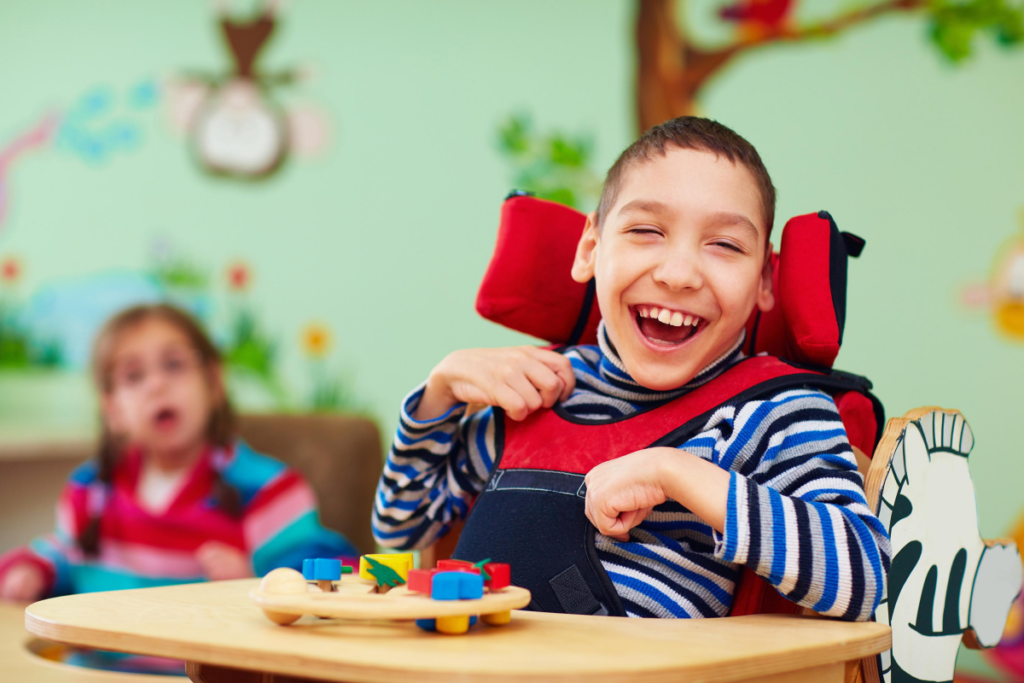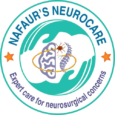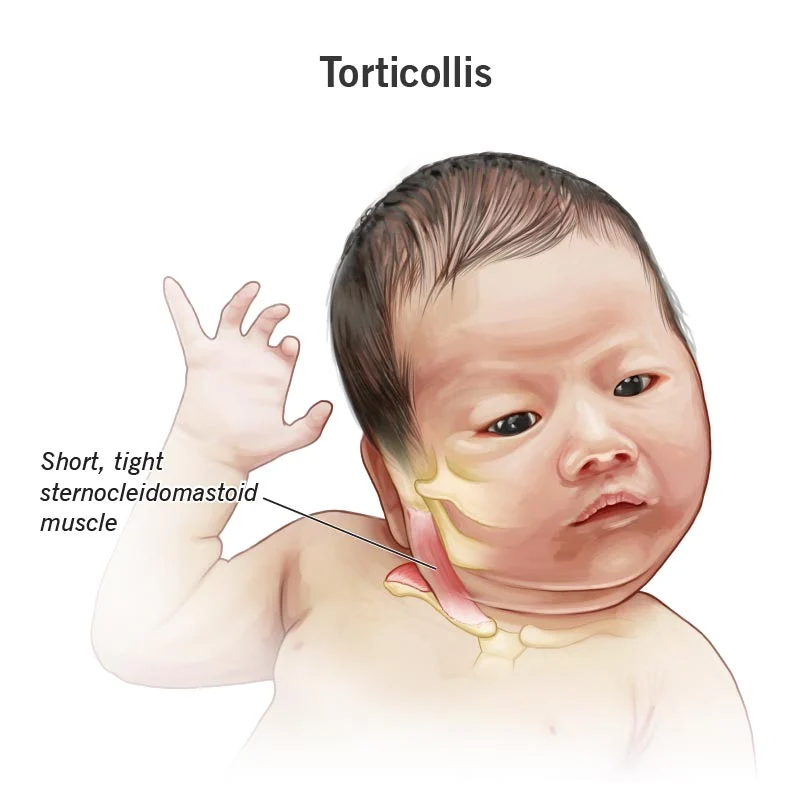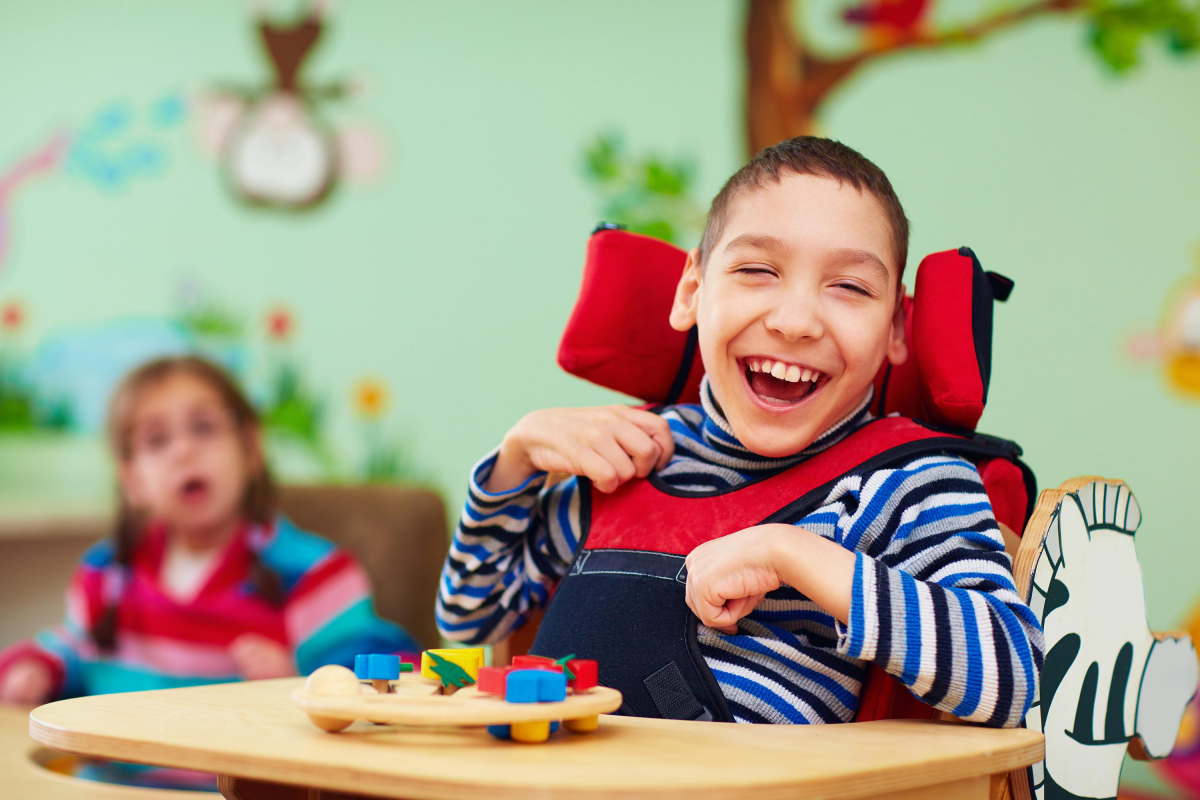Spasticity
Spasticity
Pediatric spasticity refers to a neurological condition where children experience increased muscle tone or stiffness, leading to limited movement, difficulty walking, and functional impairments. It most commonly arises from damage to the brain or spinal cord, particularly in children with conditions such as cerebral palsy, traumatic brain injury, spinal cord injury, or congenital brain malformations. In Bangladesh, where birth injuries, delayed diagnoses, and limited access to specialized neuro-rehabilitation remain common, early neurosurgical evaluation and intervention can significantly improve the quality of life of affected children. Dr. Md. Nafaur Rahman leads the country in offering modern, compassionate, and effective treatment strategies for pediatric spasticity. 🌍 Spasticity in Children – Bangladesh Perspective In Bangladesh, thousands of children silently suffer from spasticity due to: 🚼 Perinatal brain injury or birth asphyxia 🧠 Cerebral palsy (most common cause) 🚧 Delayed or improper rehabilitation ❌ Lack of awareness about advanced surgical options like Selective Dorsal Rhizotomy (SDR) or intrathecal baclofen therapy Dr. Nafaur Rahman brings global expertise in the neurosurgical management of spasticity, helping children across urban and rural areas regain function, dignity, and independence. ⚠️ Common Signs & Symptoms of Pediatric Spasticity Spasticity is more than just muscle tightness—it affects mobility, posture, growth, and independence. Symptoms include: 🦵 Stiff or tight muscles in arms or legs 🚶♂️ Abnormal walking patterns (toe walking, scissoring gait) ❗ Difficulty with voluntary movements (grasping, crawling, sitting) 🛏️ Trouble maintaining posture or balance 😣 Joint contractures and skeletal deformities over time ⛔ Speech or swallowing difficulties (in severe cases) 🧠 May be accompanied by seizures, cognitive delays, or vision problems “In many Bangladeshi children with movement problems, early recognition of spasticity can mean the difference between a life of dependence and a life of possibility.” — Dr. Md. Nafaur Rahman 🧬 Causes of Spasticity in Children Spasticity results from damage to the upper motor neurons in the brain or spinal cord. In Bangladesh, major causes include: Cerebral palsy (due to hypoxia, birth trauma, prematurity) Neonatal encephalopathy Periventricular leukomalacia (PVL) Spinal cord injuries (trauma, infections, tumors) Brain tumors or infections (meningitis, encephalitis) Genetic or metabolic disorders 🧪 Diagnosis and Assessment Dr. Nafaur Rahman performs a detailed evaluation to tailor the best treatment plan for each child: 🧠 Neurological examination to assess tone, reflexes, contractures 📈 Functional assessments using Gross Motor Function Classification System (GMFCS) 🧲 MRI brain and spine to identify structural causes 📹 Video gait analysis (for ambulatory children) 🧒 Multidisciplinary input from physiotherapists, pediatricians, and rehab specialists 🛠️ Treatment of Pediatric Spasticity – A Multimodal Approach 1. 💊 Medical Management Oral antispasticity medications: Baclofen, Diazepam, Tizanidine Muscle relaxants to reduce tone temporarily Often the first line in mild or generalized spasticity 2. 💉 Botulinum Toxin Injections (Botox) For focal spasticity (e.g., ankle or elbow) Reduces tone in specific muscles Often combined with stretching and physiotherapy 3. 🧠 Neurosurgical Interventions a) Selective Dorsal Rhizotomy (SDR) Surgical procedure targeting nerve roots in the spine Permanently reduces spasticity in lower limbs Ideal for ambulatory cerebral palsy patients (GMFCS I-III) Dr. Nafaur Rahman is among the very few in Bangladesh offering SDR b) Intrathecal Baclofen Pump (ITB) Implantable device delivering baclofen directly to the spinal fluid Best for severe generalized spasticity Reduces side effects seen with oral medications Requires careful monitoring and refills c) Orthopedic surgery (collaboration with pediatric orthopedics) Tendon lengthening or joint release Corrects deformities caused by long-standing spasticity “Surgery is not the last resort—it is often the most effective way to restore function when medications and rehab alone are not enough.” — Dr. Md. Nafaur Rahman 🔁 Post-Treatment Rehabilitation & Support 🧒 Tailored physiotherapy and occupational therapy 🧠 Speech therapy for oromotor difficulties 🏫 School reintegration and special education planning 🥗 Nutritional and developmental support 👨👩👧 Parental training for home-based exercises 🚨 Why Early Intervention Matters Delaying treatment of pediatric spasticity can lead to: 🧑🦽 Permanent joint contractures or deformities 🧠 Developmental stagnation 💔 Loss of self-care and independence ⏳ Missed opportunities for walking, schooling, and socializing ❌ Social isolation and economic dependency 👨⚕️ Why Choose Dr. Md. Nafaur Rahman? 🧠 One of Bangladesh’s foremost experts in pediatric spasticity surgery 🏥 Advanced training in Selective Dorsal Rhizotomy (SDR) and Intrathecal Baclofen Therapy 🧒 Comprehensive care under one roof: NINS and Bangladesh Paediatric Neurocare Centre 🤝 Holistic approach involving therapists, neurologists, and special educators ✅ Proven outcomes in improving mobility, independence, and quality of life 📞 Consult Early – Empower Your Child Dr. Md. Nafaur Rahman Assistant Professor, Pediatric Neurosurgery, NINS Chief Consultant, Bangladesh Paediatric Neurocare Centre 📱 For Serial/Appointments: 📞 01912988182 | 📞 01607033535 🌐 Website: www.neurosurgeonnafaur.com




